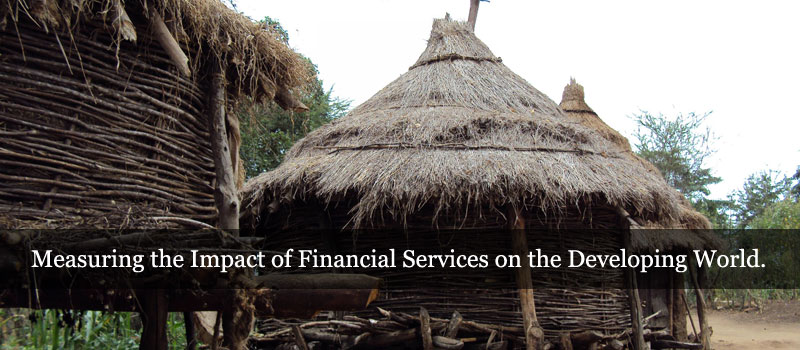Does Intense Marketing Increase Outreach? The Case of Opportunity International Bank in Rural Malawi
In this paper we examine if an intense information campaign, relative to mass media campaign, helps microfinance institutions attain better breadth of outreach in terms of number of new clients, especially in rural areas with a fairly crowded market. We use the case of Opportunity International Bank of Malawi (OIBM) to illustrate the effectiveness of both types of campaigns.
OIBM entered rural Malawi in August 2007 to provide financial services using a roving mobile van that makes weekly visits to selected marketing centers. At that time, competition among financial service providers was growing and awareness of the available financial institutions and financial services and products was found to affect access to and demand for financial services (McGuinness, 2008). 1 Many financial institutions, including OIBM, were only using mass media such as radio and public meetings to promote their products and services. Indeed, firms offering new products commonly use mass media in order to efficiently reach a wide audience within a short time period.
With increasing competition and little product specialization, however, many financial institutions, including OIBM, were struggling to capture market share using information disseminated through the mass media. Radio coverage and ownership was limited in rural areas and public meetings were generally held only in town and trade centers. McGuinness (2008) found that information flows in rural Malawi were not consistent, resulting in out dated and uneven knowledge of the details of financial products and providers
Therefore, OIBM, with the help of the IRIS Center at the University of Maryland, developed an alternate method to mass media marketing of its products to increase its outreach in rural areas. The new method uses an intense information campaign—akin to "personal marketing" or "relationship marketing"—to help deliver specific information provided through the mass media to prospective clients' door steps.
The intense information campaign also functioned as an integral part of a research study conducted by the IRIS center to examine the welfare impacts of OIBM on client households. The welfare impact study uses a Randomized Encouragement Trial (RET) design to gather data.3 As a result, data for this paper could be gathered in 118 enumeration areas (EAs), randomized to receive intense information campaign or mass media campaign, within the three districts of rural Central Malawi.4 While all 118 randomly chosen EAs for the welfare impact study received similar types of mass media campaigns, a sub set of a randomly selected 59 EAs (called treatment EAs) among them additionally received an intense information campaign specifically designed by the IRIS center and OIBM. The intense marketing campaign started in treatment EAs in April 2008 and lasted until March 2010.
Data were collected from all new clients by OIBM in these 118 EAs from April 2008 to May 2009.5 Using the data gathered for the study, we focused on two aspects: a) client uptake of OIBM products and services in the control and treatment areas to understand the effectiveness of the intense information campaign, and b) client uptake over time to understand if client uptake is affected by the length of their exposure to the intense information campaign. Four metrics were used to examine the effectiveness of the intense information campaign relative to the mass media campaign:
- Total number of new clients in control and treatment areas,
- Number of enumeration areas (EAs) with at least one new client,
- Number of new clients per EA, and
- Total number of new clients adjusted for EA population size.
Our study shows that OIBM's intense campaign significantly helped OIBM to increase new client registrations, as compared to only the mass media campaign. The effect appears to be pronounced in areas farther from trading and major financial centers. The effect of the intense campaign, however, does not increase monotonically with the length of the campaign. We find that the effect was noticeable more in the first 18 weeks of the intense campaign than during the entire study period of 56 weeks.




